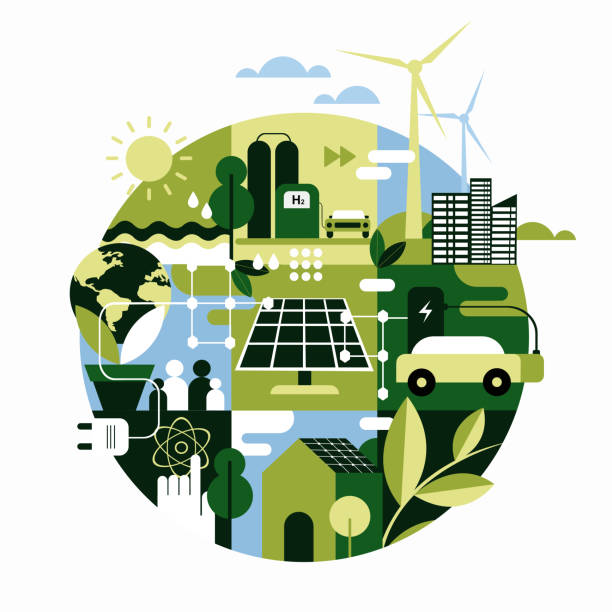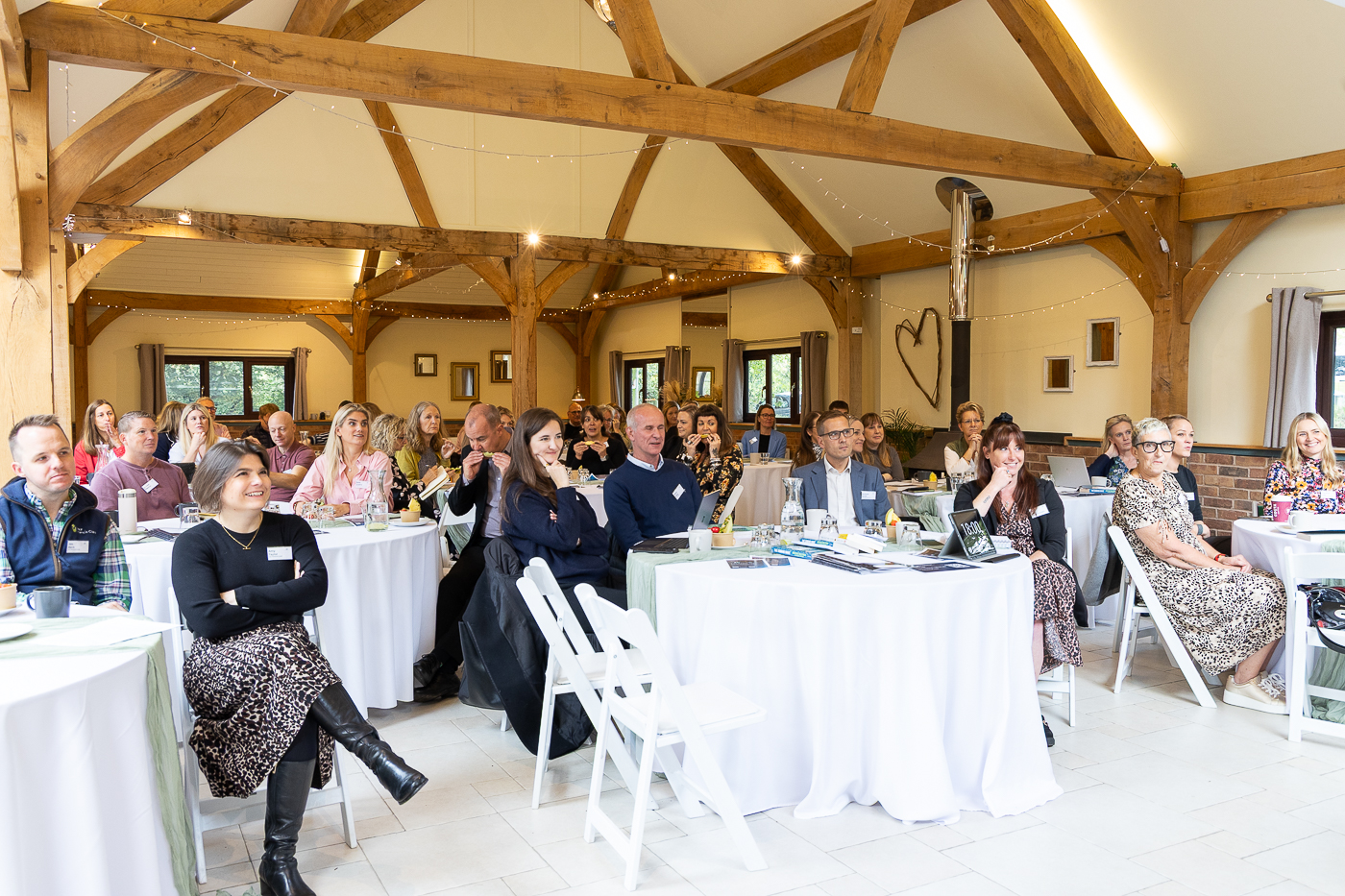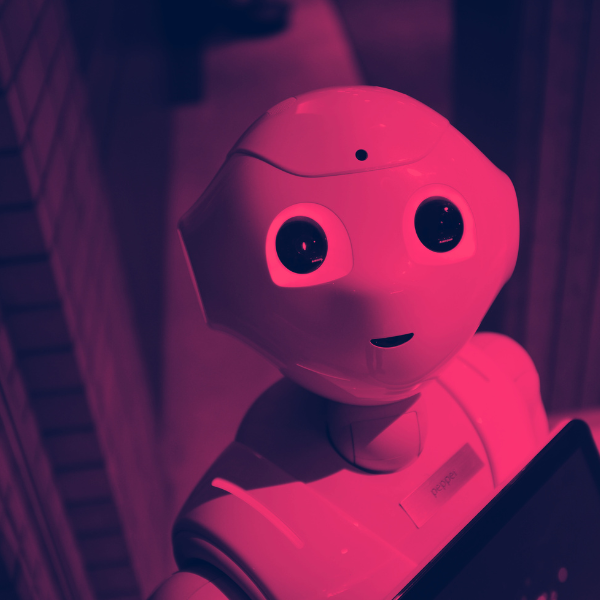Employer

The South West’s Green Revolution: How Engineering is Driving a Sustainable Future
December 2nd, 2025

Article by Joanne Caine | October 16th, 2025
AI is reshaping the workplace, not by replacing people, but by changing how we work, the skills we need, and the opportunities we create. At our recent Talking HR event, leaders explored how responsible AI use can empower HR teams to work smarter, lead change, and build more inclusive, sustainable organisations.
AI is reshaping the workplace, not by replacing people, but by changing how we work, the skills we need, and the opportunities we create. At our recent Talking HR event, leaders explored how responsible AI use can empower HR teams to work smarter, lead change, and build more inclusive, sustainable organisations.
At our Talking HR with Cathedral Appointments event last week, HR leaders from across the Southwest gathered to discuss the future of work and AI’s growing role. The key message was clear: AI won’t replace humans but it will change what we do, how we add value, and the skills we need to thrive.
Across industries, AI is driving what Salesforce UK’s CEO Zahra Bahrololoumi calls “a labour revolution.” From hiring systems to learning platforms, AI is everywhere. The question for HR isn’t whether to use it, but how to use it responsibly, inclusively, and intelligently.
1. AI is here to augment, not replace
The mood was pragmatic, not fearful. AI speeds up admin-heavy tasks, widens candidate reach, and helps remove biased language from job ads. HR teams are using it to draft policies, analyse stats/reports, write adverts, screen CVs and conduct research but always alongside human judgement.
As Amy Taylor, of PKF Francis Clark, noted: “AI works best when it’s part of the process, not the process itself.” It can improve efficiency, but it can’t replicate intuition, empathy, or accountability – only people can do that.
2. AI’s hidden environmental cost
One fact stopped the room: generating a single AI image uses the same energy as boiling a kettle 12 times. Most of AI’s energy use (around 60–70%) comes from daily operations, not training. With millions using AI every day, that footprint grows fast.
Cambridge researchers warn unchecked AI growth could strain UK energy infrastructure. HR must include sustainability in AI strategy - just as we do with equality and data protection.
3. Your staff are already using AI
Many employees are quietly integrating ChatGPT or similar tools into their work - drafting emails, summarising meetings, or creating reports. Yet only 13% discuss this openly with managers (The Guardian).
HR must lead by building AI literacy, governance, and trust, asking:
How do we help staff use AI ethically?
How do we ensure privacy and accuracy?
How do we promote openness, not secrecy?
4. From chatbots to AI agents
AI “agents” are moving beyond basic chatbots. They can now schedule meetings, generate reports, or draft policies - becoming personal assistants that free humans for creative, strategic work.
As Julie Hawker, CEO of Cosmic, shared, agents don’t replace people; they elevate them, enabling focus on empathy, collaboration, and leadership.
5. The legalities of AI: clarity, caution and compliance
Legal expert Amy Ralston, of Stephens Scown, reminded us that as AI becomes part of HR processes, the legal framework must keep pace. While AI offers efficiency and innovation, it also raises complex questions around data protection, discrimination and accountability.
Employers remain legally responsible for outcomes, even when AI tools are used to assist decision-making. Amy highlighted that:
AI must comply with UK GDPR and equality legislation.
Transparency is key - employees should know when AI is being used in decisions that affect them.
Policies and contracts should be updated to reflect how AI tools are integrated into HR practice.
6. AI’s gender impact
Automation threatens roles heavily held by women, including admin and customer service. The IPPR estimates up to 8 million UK jobs could be affected. Without proactive reskilling, AI could widen gender inequality.
HR must conduct gender impact assessments and ensure AI-driven transformation remains fair and inclusive.
7. The shrinking of entry-level roles
Many of the entry level, admin or support roles that once gave young people a foot in the door are being replaced by automation. Nationally, the data reflects this, with entry-level roles down 32% since 2022.
That’s a serious challenge for social mobility. If we don’t rethink how early careers begin, we risk losing a generation of future leaders. The answer lies in redesigning entry-level work: roles that combine digital and human skills, where learning includes how to work with AI, not against it.
We need apprenticeships and graduate schemes that teach “AI collaboration” interpretation, auditing, ethical oversight alongside traditional skills.
8. Upskilling is business survival
The pace of change means today’s skills won’t be enough tomorrow. HR’s role is to create a culture of lifelong learning and AI fluency. The organisations that thrive will be those that see upskilling as strategy, not policy.
Conclusion: Leading AI change responsibly
AI is here to stay but how we use it will determine whether it enhances or harms work. For HR professionals, this is a defining moment to shape AI use that empowers, includes, and sustains.
The future of HR isn’t human or machine, it’s human with machine.
Article by Joanne Caine
October 16th, 2025
Employer

December 2nd, 2025
Employer

November 17th, 2025
Career

November 16th, 2023
This site uses cookies to improve your user experience. Cookie Policy